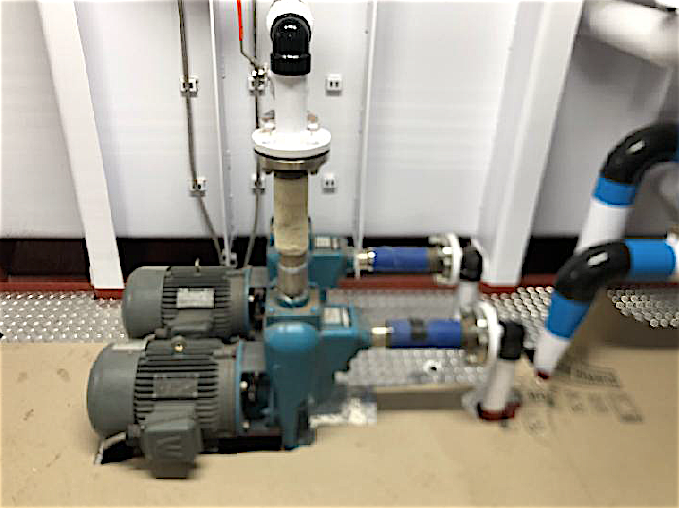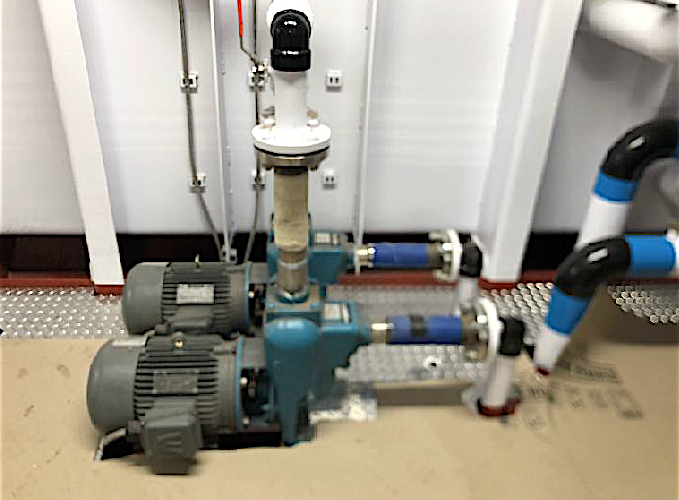(WASHINGTON) — Emergency dewatering equipment, whether fixed or portable, is essential equipment placed on vessels to maintain the survivability and safety of personnel during emergencies that may require its use. When there is a situation requiring the use of emergency dewatering equipment, it is imperative that this equipment is readily available and fully operational. This includes preparing the equipment for use in the shortest amount of time in order to prevent a catastrophic event.
The U.S. Coast Guard has recently noticed an increasing failure rate among the inspected towing vessel fleet with regard to fixed and portable emergency dewatering equipment failing to operate as designed. Most notably, the Coast Guard found fixed emergency dewatering systems failing to operate due to loss of prime. Proper testing of the dewatering equipment should include ensuring the pump has the ability to physically take suction and that it can produce a sufficient discharge stream. This test can be conducted without discharging over the side into the water.

Mariners, vessel operators and third-party organizations (TPOs) are reminded that emergency dewatering equipment is defined as an essential system in Subchapter M. In accordance with 46 Code of Federal Regulations (CFR) 143.25(a), essential systems must be regularly tested and examined. These tests and examinations must verify that the systems function as designed and that the procedures used for such testing are in accordance with the manufacturer’s instructions or the towing safety management system (TSMS) applicable to the vessel. In the case of emergency dewatering equipment, it must be tested at least every three months as shown in 46 CFR Table 143.245(b).
The Coast Guard strongly recommends that towing vessel owners, operators and TPOs conduct the following actions to ensure that crews understand how to use the emergency dewatering equipment and that it operates when needed in an emergency situation:
• Ensure that operational tests are conducted at the appropriate intervals to confirm proper functionality.
• Ensure the dewatering system has the ability to take suction and has an adequate discharge.
• Ensure the system is intact to include all check valves/foot valves and operates as designed.
• Instruct all crewmembers on the proper operation of emergency dewatering equipment, whether fixed or portable.
• Engage with TPOs to ensure they are conducting operational tests as required.
• Incorporate the policy and procedures for testing and maintenance of emergency dewatering equipment into the vessel’s TSMS.
This safety alert is provided for informational purposes only and does not relieve any domestic or international safety, operational or material requirement. It was developed by Coast Guard marine inspectors at Sector Houston-Galveston and distributed by the Office of Investigations and Analysis. Questions regarding this safety alert may be sent to Sector Houston-Galveston flag state inspections at HoustonDOM@uscg.mil.
– U.S. Coast Guard

